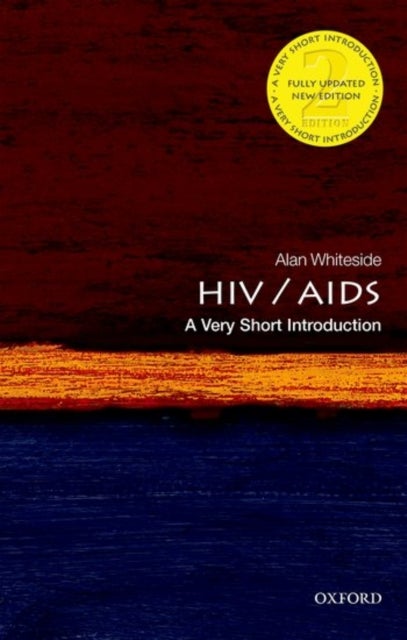
HIV & AIDS: A Very Short Introduction av Alan (CIGI Chair in Global Health Policy Balsillie School of International Development and Wilfred Laurie
135,-
In 2008 it was believed that HIV/AIDS was without doubt the worst epidemic to hit humankind since the Black Death. The first case was identified in 1981; by 2004 it was estimated that about 40 million people were living with the disease, and about 20 million had died. Yet the outlook today is a little brighter. Although HIV/ AIDS continues to be a pressing public health issue the epidemic has stabilised globally, and it has become evident it is not, nor will it be, aglobal issue. The worst affected regions are southern and eastern Africa. Elsewhere, HIV is found in specific, usually, marginalised populations, for example intravenous drug users in Russia.Although there still remains no cure for HIV, there have been unprecedented breakthroughs in understanding the disease and developing drugs. Access to treatment over the last ten years has turned AIDS into a chronic disease, although it is still a challenge to make antiviral treatment available to all that require it. We also have new e








